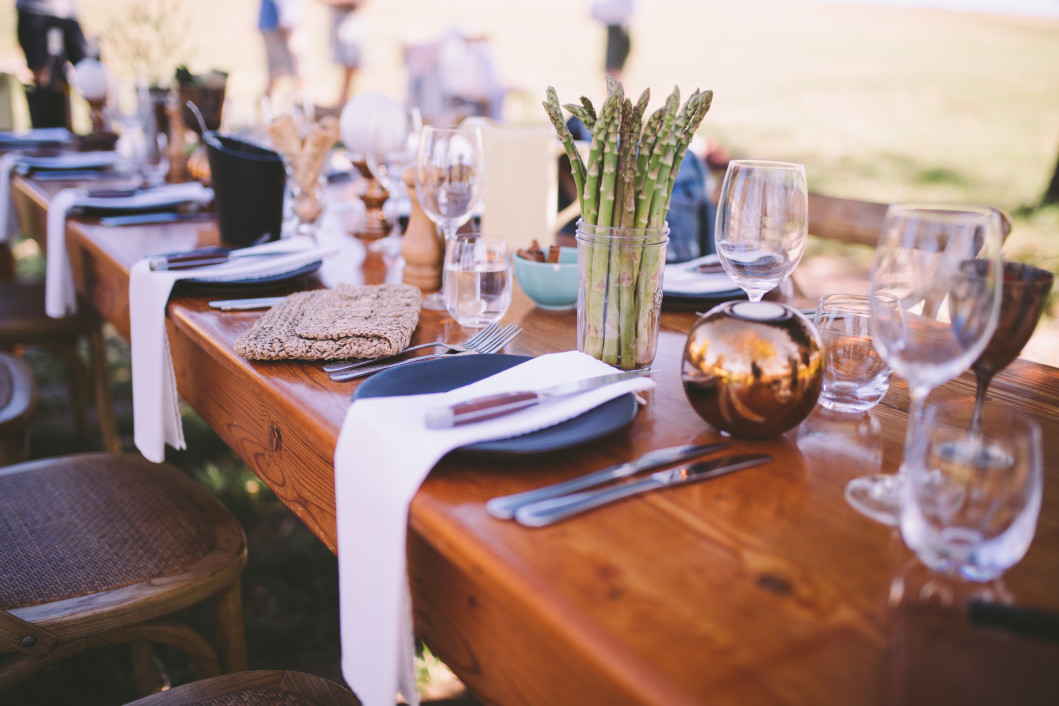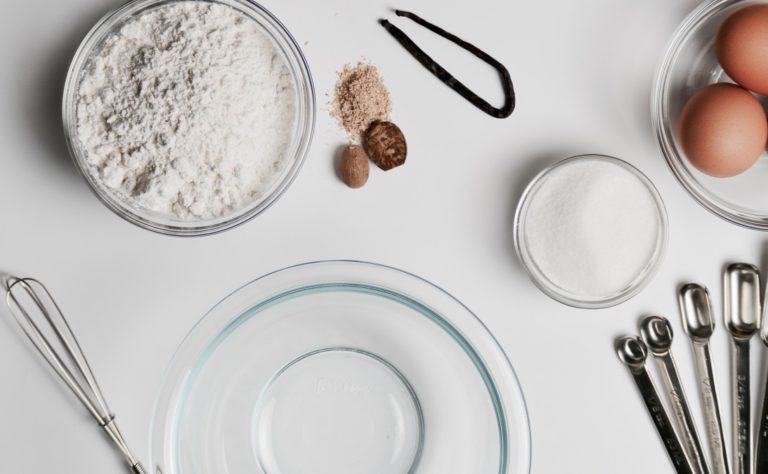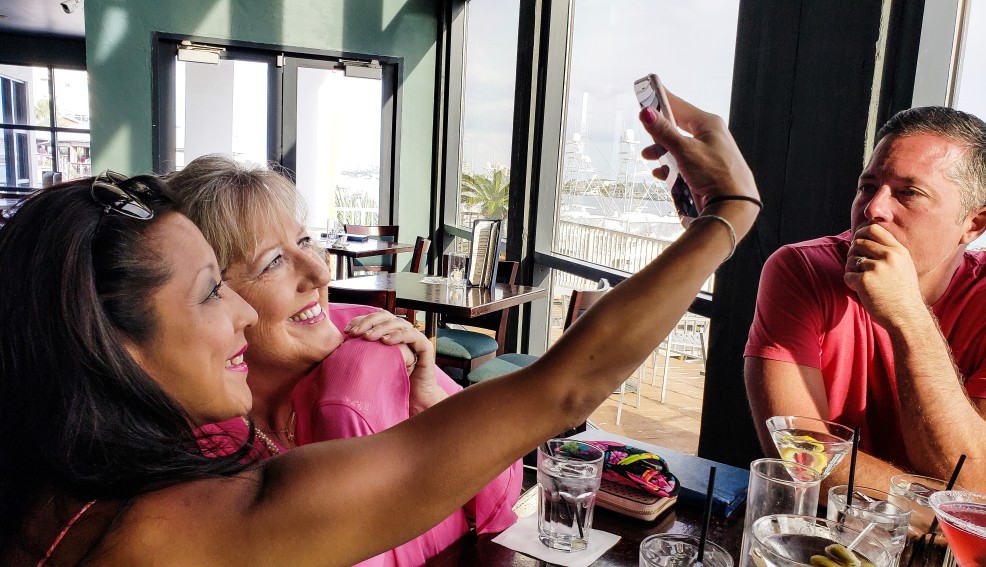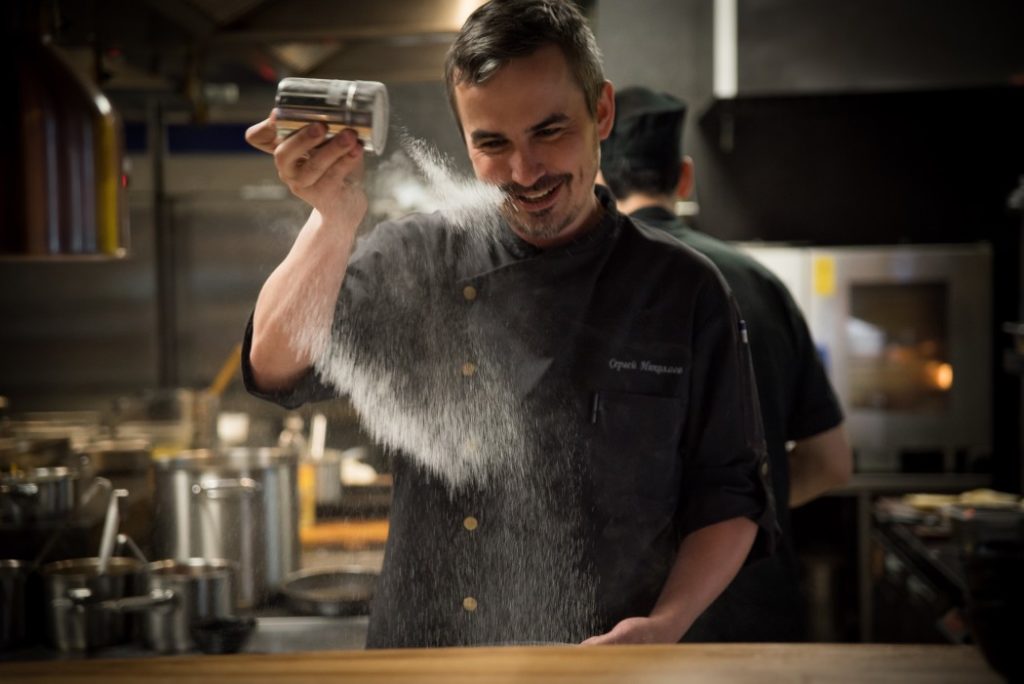Inbound Marketing for restaurants: Learn how to do it and see examples for inspiration
- June 27, 2022
- 0 Comments
- 8 minutes
Inbound Marketing for restaurants: Learn how to do it now

Understand how to do Inbound Marketing for restaurants, pubs and other establishments. See examples of best practices in the market.
The gastronomic market has gained a lot of space in recent years. Not only because of TV programmes and the encouragement of healthy eating in and outside the home, but also because of people’s interest in more elaborate food – what has been called “gourmetisation”.
At the same time, during the covid-19 pandemic, the segment was highly affected. Many establishments closed their doors during the period.
On the other hand, while some establishments closed their activities, others took advantage of opportunities. One of them was the delivery. Spending on food orders via apps increased by 149% in 2020.
In this context of crisis and uncertainty, the market continues to demand, more than ever, managerial skills from owners. With risks and competition so high, it is up to the managers of bars and restaurants to rigidly monitor the performance of the establishment and also to be good marketing strategists to ensure constant demand and to stand out among so many offers.
One way to do this is through Inbound Marketing, or attraction marketing, a set of strategies whose goal is to attract customers using relevant content, through the Internet. In this article, you will learn how to build an Inbound Marketing strategy for restaurants and see good examples to get inspired. Follow along!
Inbound Marketing for restaurants: how to apply the methodology step by step?
It is no accident that we call Inbound Marketing a methodology. This is because the strategy follows a logical sequence of steps:
- Attract
- Convert
- Relate
- Sell
- Analyse
We’ll talk about each of the stages of Inbound Marketing, with tips applied to the gastronomy market, below.
1. Attract and convert customers
The online presence of a restaurant (or any related business) helps generate new customers and retain current ones. Here are some tips for this step.
Start with a good website
The start of a good strategy is to have a good website. That doesn’t mean it needs to be expensive or extremely elaborate, but it should be useful to those who arrive on the page. Ideally, your bar or restaurant website should have content that is relevant to the visitor, who is usually looking for:
- Menu information
- Location
- Delivery
- Payment methods
- Hours of operation
That would be the bare minimum for a restaurant website. What will differentiate it from others is what goes beyond that.
The impression your website gives is very important for the start of that relationship. Just as it is important to have a beautiful and attractive decoration in your establishment, your website and content should also take this into consideration.
Create quality content

Pretty pictures don’t make a delicious dish. You also need to invest in good ingredients and good technique. In the online world, this is the equivalent of your content.
There’s no point in someone passing by your restaurant’s door and only coming in once, right? We want that person to come back again and again, tell their friends about it, bring more people next time, celebrate their birthday there.
You can go beyond the basic information and produce quality content on other topics, such as teaching the recipes of some favourite dishes, tell the history of the establishment, share curiosities and tips on gastronomy.
Having quality content on your site is essential for good positioning in search engines. This happens because a higher volume of content linked to your domain increases the chances of related terms being connected to it and, consequently, read by the search engine algorithm.
In addition, a blog with posts and rich materials helps in the engagement of visitors, in the generation of Leads and also in maintaining the relationship with those who are already customers.
Take good care of your social networks
In addition, your social media pages should be attractive and include useful information for your target audience. Instagram, focused on images, is a must for the segment! Invest in attractive photos of the food and drinks to catch the attention of visitors.
The best way to do this is to provide content that makes sense to your visitors. In other words, if your establishment is a sports bar, you can talk about various championships that are happening in the world – football, basketball, Cricket, chess etc.
If it is an Italian canteen, why not talk a bit about the culture or even spread the recipes of the month? All this has the purpose of transforming these visitors into Leads and, from there, build a long-lasting relationship with them.

Optimise your site for local search
Another way to ensure the efficiency of your online presence is by optimising your website for local search: make sure your Google My Business account is up to date and active – this ensures that information about address, opening hours, reviews, photos, phone number etc. appear on the search page itself without the person entering your website.
Also ensure that you have content related to your location – for example, a list of bars that serve the best English Breakfast in the Leeds.
Invest in conversion
Visits alone do not sustain an Inbound Marketing strategy. For effective lead generation, think about things that are valued by your potential customer and that encourage them to come to your restaurant.
The visitors can give their email in exchange for a discount on next bill, a drink, an appetizer, free parking – and this can happen on the website or at the closing of their bill.
2. Get in touch with your customers
The next step in the Inbound Marketing strategy for restaurants, after attracting those people to your website and generating leads from that visit, is to maintain a relationship. Just as at a dinner party a good conversation sets the tone for the evening, it is important that people stay interested and engaged with your establishment.
Use the right language and the right channels
Unlike other companies’ sales funnels, in this sector the focus is not on buying, but on relationships. There are two main channels for this: social networks and Email Marketing.
Here we’re not just talking about having a Facebook page and posting some cool photos on Instagram or sending that standard newsletter every week.
For an automated relationship to be successful, it needs to be personal and scalable at the same time. You need to understand your customer’s behaviour and what content brings the most return for your business. This is an extremely visual segment where every detail counts.
Instagram is also a very powerful social network for this market. A great form of engagement are hashtags, which can serve a potential customer to identify your business by some specific feature (#vegan #eathealthy #petfriendly #breakfast #dinner #brunch) or by its location, or user-generated content, in which everyone contributes to the visibility of your brand.
Think about the best times to communicate with your contacts
Sending an Email Marketing with lunch delivery offers at 10am on a Wednesday morning will probably be much more effective than sending the same email on a Saturday afternoon, do you agree?
An Email Marketing campaign must have a clear action goal, so that it translates into effects in the offline world.
Use a communication that matches your brand
In this segment, it makes a lot of sense to use communication focused on the lifestyle that your brand adopts.
A person who follows a healthier lifestyle will be more inclined to read and search for references on the internet about this subject and, if they find on your website or blog the tips and references, they need and you have done a good job of rich materials for conversion, this can be the beginning of a great relationship that will result in a new client for your business.
Similarly, lifestyle leads people to connect with other people and brands that have a similar philosophy of life, thus increasing the chances of reaching your brand.
Also, you need to understand which social network makes the most sense for your audience. Generally speaking, media that is more visual is more successful in this segment. Ideally, make sure it’s a constant means of communication with your segment – it’s better to have an Instagram that’s updated every day than several profiles on other social networks that are left to dust.
When people search for these profiles, they have to find exactly the same atmosphere as your establishment. This is what will cause the immediacy effect and make them visit you.
Follow email relationship best practices
Some good email relationship practices with customers and Leads are:
Loyalty program: Have you ever thought of having a different communication for your most loyal customers? Exclusive promotions, treats such as free drinks or even freeing up your restaurant’s recipes for those who keep coming back? Beth, from Beth Bakery, has turned this into her subscription program, in which her customers pay a monthly fee and receive their weekly hot batches at home.
Opinion surveys: The opportunity for improvement that will make all the difference to your business could be a click or a drink away. Subway, for example, gives away a free cookie every time a customer leaves a review on their website.
Local market/suppliers: You can use this as a way to add value to your products by telling your Leads and customers a bit more about where your raw materials come from, how you choose your suppliers and even sharing contacts and encouraging direct consumption among them.
Follow good social media relationship practices
Some good practices for social media relationships with customers and Leads are:
Sharing a content in exchange for a bonus: For those who are already customers, one idea is to give a boom on social media with an action that requires little effort from your Leads base – sharing a content in exchange for a bonus.
Reviews: Reviews serve to encourage people who do not know you to go to your restaurant motivated by the impressions of satisfied customers or even by the way you dealt with negative reviews. Some applications for this are Trip Advisor and Yelp, which can be used directly from within Facebook.
Staff: The staff who take such good care of the final product can have their turn on social media too! You can encourage them to write and talk about their day-to-day backstage and even show customers the whole creative and production process of your menu.
Hashtags: Hashtags help identify the characteristics of your business and encourage collective engagement.

3. Make analysis and improvements
Finally, we come to the last pillar of Inbound Marketing for restaurants: analysis.
Besides your own positioning as a brand, your audience will also take into consideration what other people think of you. Therefore, consider following and interacting with the reviews that your customers leave for you on apps for this, such as TripAdvisor or Instagram itself.
Also, encourage them to do so: positive reviews create the “herd effect” and negative ones serve as immediate feedback about your business and great opportunities for improvement. The Domino’s pizza restaurant chain is a great example of this:
Automated relationships should also be taken into consideration. How your leads engage with your content, what type of content converts the most, which emails get the most results – these are all important metrics that indicate whether you’re on the right track. When you are, focus your time and resources on that channel and when you identify something that isn’t working, review, improve or stop the process.
Start putting your restaurant’s Inbound Marketing into practice!
The gastronomic market is a segment that depends a lot on the interaction of the customer with the brand and that should be stimulated to do so all the time. Therefore, it is essential that your business is where your customer is all the time: on the internet. The strategy we describe seeks to kick-start this through the basic pillars of Inbound Marketing: attraction, conversion, relationship and analysis.
Being in the right media and with relevant content can make all the difference between a customer choosing your restaurant or next door! Start with the basics: invest in relevant content, guarantee the generation of Leads and assertiveness in the relationship. Then, deepen your strategy with reviews, feedbacks and recurring demand generation.
You can also go further and rely on the help of a Digital Marketing agency. An example is us at Lumat Media, we help your restaurant to make better campaigns, nurture Leads and achieve more results.
Need help with your Marketing goals? Book your Free consultation now.
Send Email Marketing, create Landing Pages and pop-ups, automate bureaucratic tasks, analyze your results and more. Need help to get started? Book a free consultation with us.